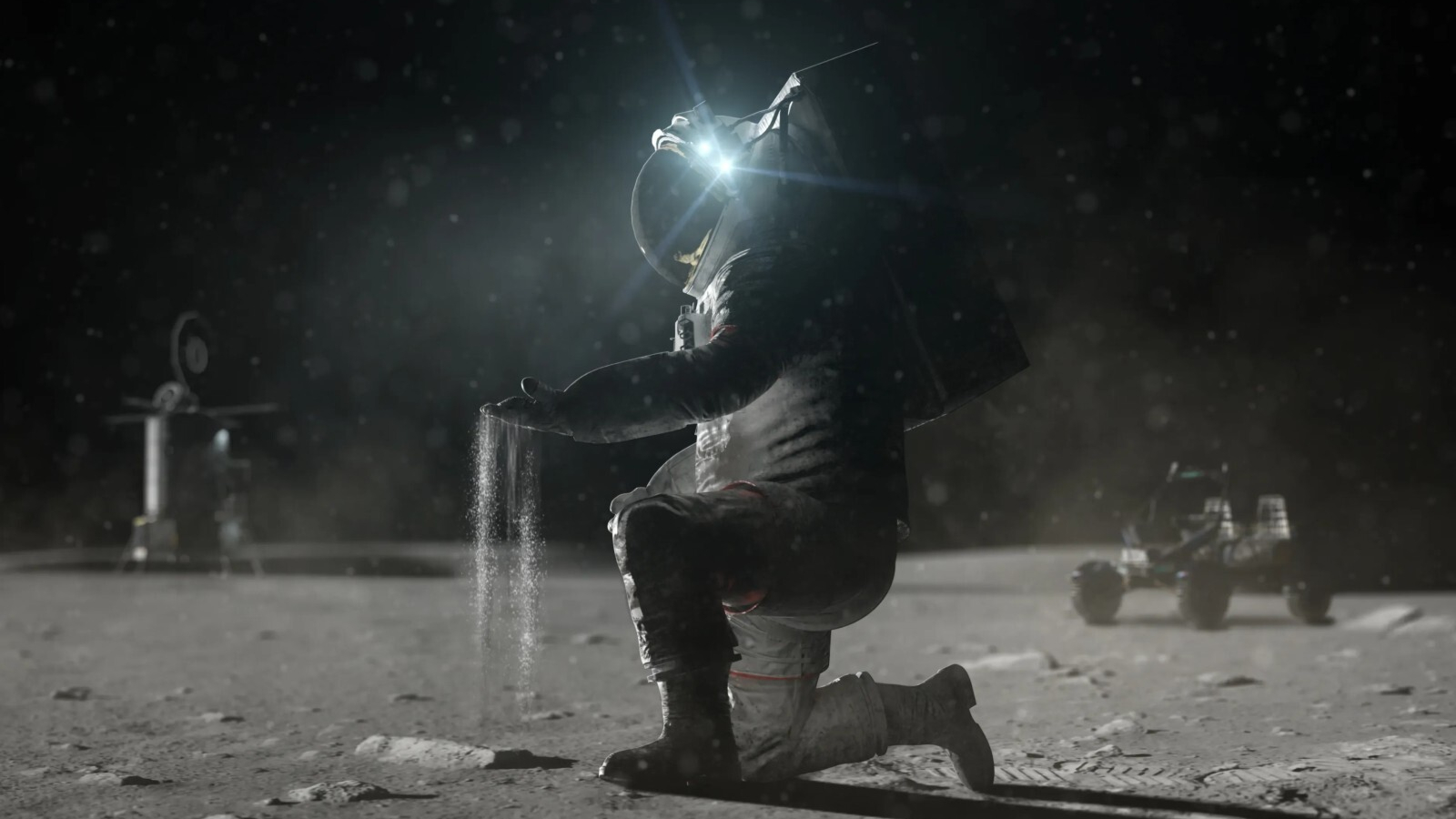'Vampire stars' explode after eating too much — AI could help reveal why
"We'll be able to generate thousands of models in less than a second, which will be a huge boost to supernova research"
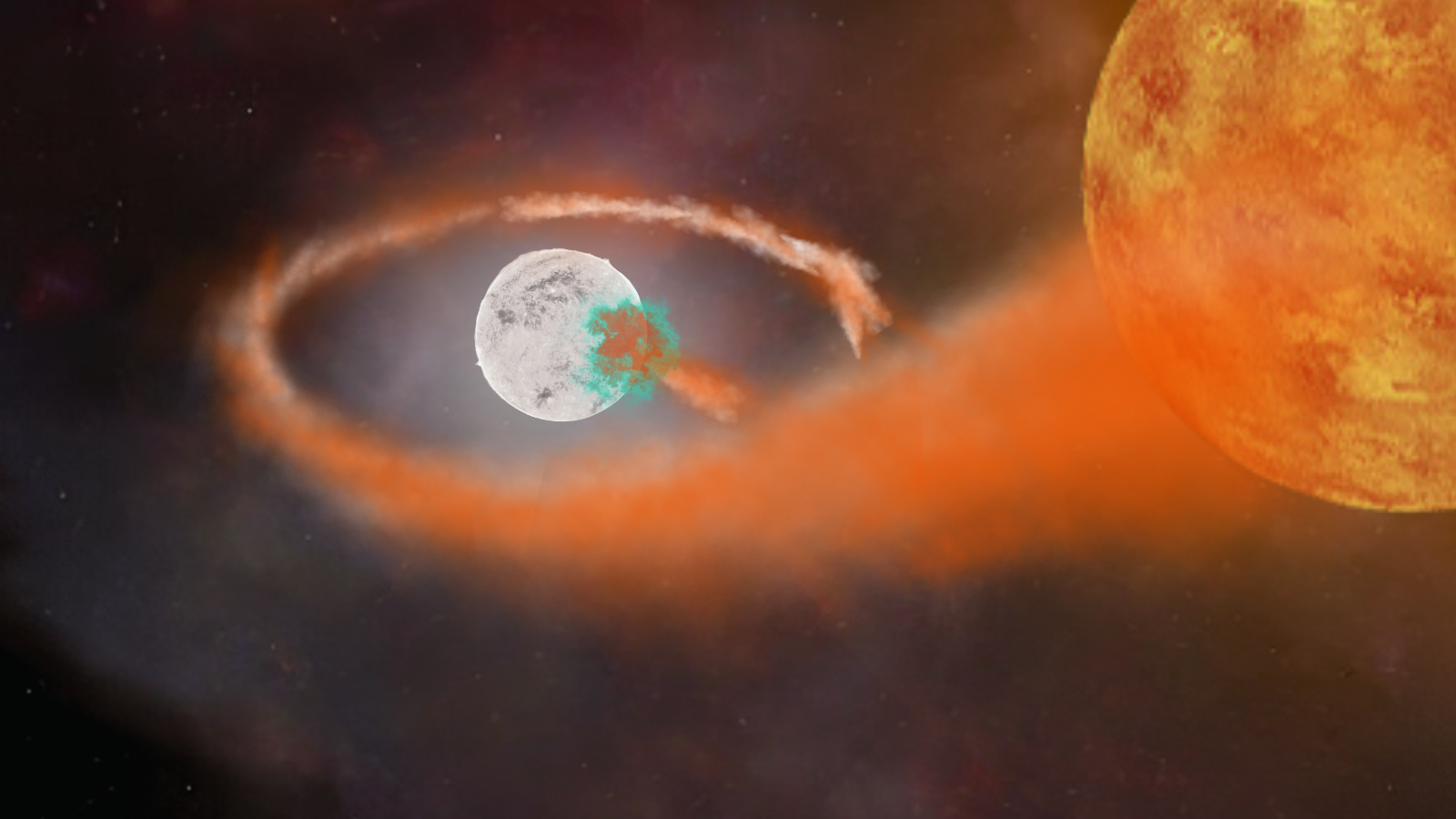
Scientists have turned to artificial intelligence (AI) to better understand why some dead stellar remnants called white dwarf stars explode.
These energetic explosions, called Type Ia supernovas, could be responsible for forging heavy elements and seeding them through the cosmos. It is these elements that can go on to become the building blocks of future stars, planets, or even life. Emissions associated with Type Ia supernovas are also so characteristic that astronomers refer to these events as "standard candles" and use them to measure vast cosmic distances.
Yet, these cosmic explosions are quite different from the supernovas that accompany the deaths of massive stars, which result in the births of neutron stars and black holes. Type Ia supernovas happen when a "dead" white dwarf star feeds on material stripped from a partner star.
However, despite the significance of Type Ia supernovas in cosmic evolution and their utility as a celestial measuring tool, astronomers still don't know exactly how or why they take place.
Related: White dwarfs are 'heavy metal' zombie stars endlessly cannibalizing their dead planetary systems
"When investigating supernovas, we analyze their spectra. Spectra show the intensity of light over different wavelengths, which is impacted by the elements created in the supernova. Each element interacts with light at unique wavelengths and, therefore, leaves a unique signature on the spectra," research lead author Mark Magee, from the University of Warwick, said in a statement. "Analyzing these signatures can help to identify what elements are created in a supernova and provide further details on how the supernovae exploded."
Why do white dwarfs blow their tops?
In around 5 billion years, the sun will run out of hydrogen, the fuel necessary for nuclear fusion at its core. The end of this fusion of hydrogen to helium will also cut off the outward radiation pressure that currently supports the sun against the inward push of its own gravity.
Breaking space news, the latest updates on rocket launches, skywatching events and more!
The sun's core will collapse; its outer layers, in which nuclear fusion is still happening, will swell out. This will transform the sun into a red giant, a phase that will see it expand out to the orbit of Mars. This means the inner planets of the solar system, including Earth, will be engulfed.
This red giant phase will last around 1 billion years, which is about 10% of the sun's total lifetime. During this phase, the sun's puffed-out outer layers will disperse and cool. The end result will be a smoldering stellar core, or white dwarf, surrounded by a cloud of gas and dust called a planetary nebula (which ironically has nothing to do with planets at all). For the sun, the white dwarf phase will mark the end of its existence.
Other roughly sun-sized stars also transform into white dwarfs, but if they have a binary partner, this may not be the end of their lives. Rather than fading away, some white dwarfs may go out with a bang.
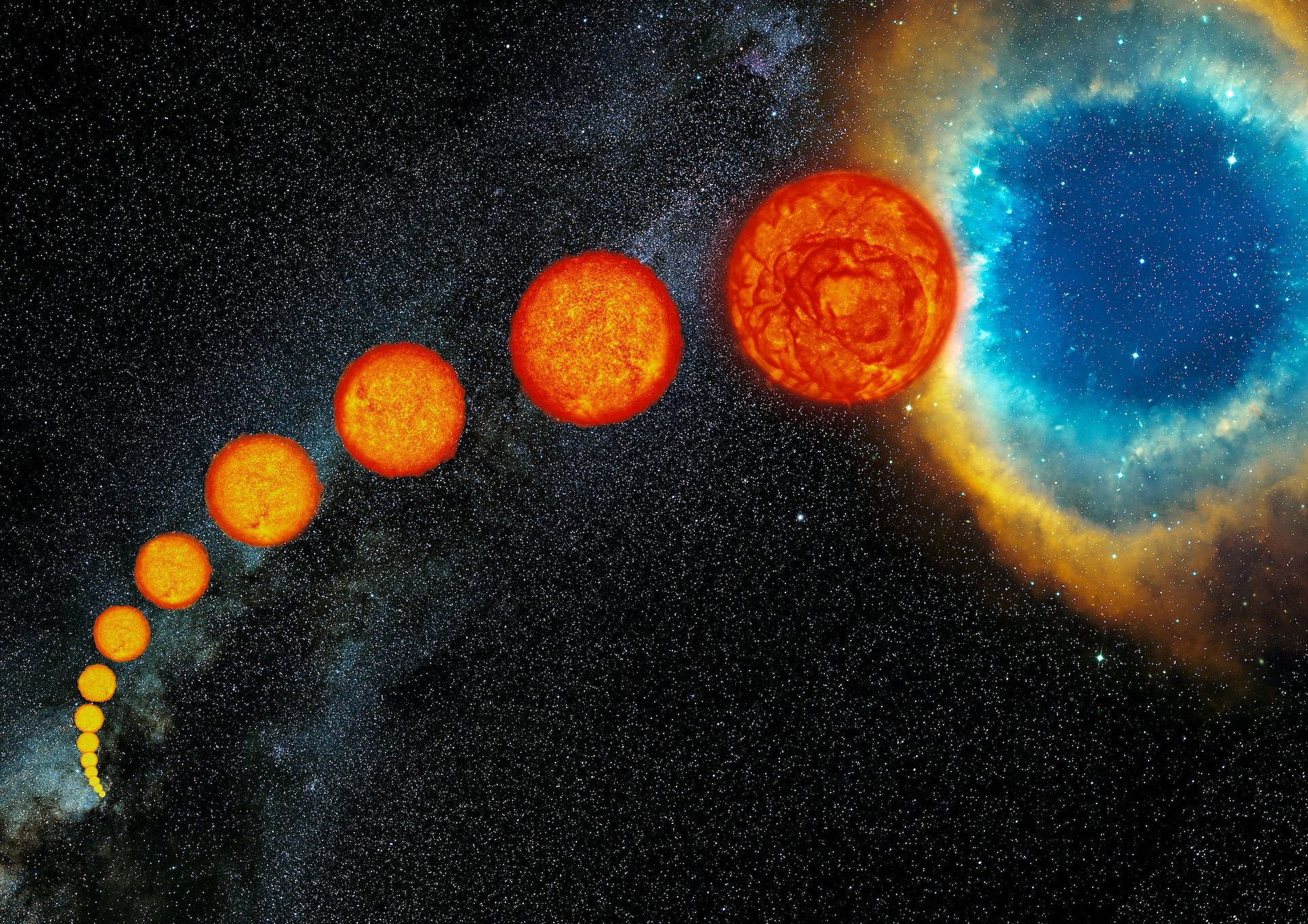
Just like a vampire springing from the grave to feast on the blood of an innocent victim, if a stellar corpse white dwarf is close enough to a companion star (or if that star has swelled up during its own red giant phase) it can begin feeding on its victim's stellar material.
Matter from this donor star can't fall directly to the white dwarf's surface, however, due to the conservation of angular momentum. Rather, it forms a disk between the donor star and the white dwarf, made of material gradually fed to the dense stellar remnant. This accreted matter piles up on the surface of the stellar remnant, increasing the mass of the white dwarf beyond the so-called Chandrasekhar limit, which is equal to 1.4 times the mass of the sun. This represents the mass limit a star must cross to go supernova.
The cannibalistic feeding of a white dwarf on a donor star ultimately gives rise to a runaway thermonuclear explosion: a Type Ia supernova.
One of the major differences between Type Ia supernovas and "core collapse" supernovas, which occur when the cores of massive stars fall in on themselves, crushing down to birth neutron stars or black holes, is that white dwarfs are completely destroyed by the explosion that results from their ravenous feeding.
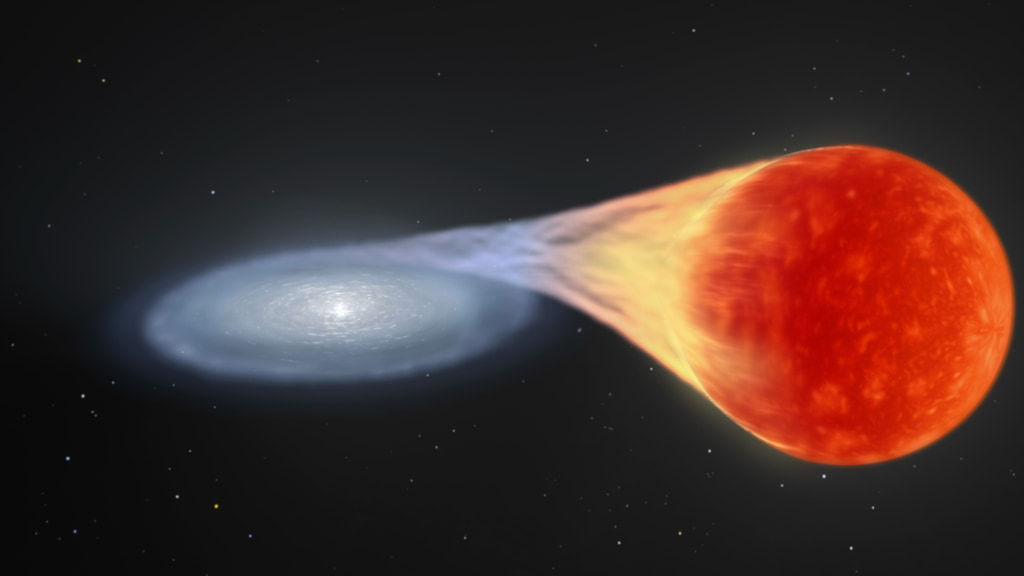
To better understand this process, the University of Warwick team turned to machine learning. By utilizing this form of AI, the team was able to speed up Type Ia supernova simulations, which traditionally take a great deal of time and a vast amount of computing power. Typically, one model might take between 10 and 90 minutes, the team explained.
"We want to compare hundreds or thousands of models to fully understand the supernova. This isn't really feasible in many cases," Magee said. "Our new research will move away from this lengthy process. We will train machine learning algorithms on what different types of explosions look like and use these to generate models much more quickly."
He added that, in a similar way to how humans employ AI to generate artwork or text, researchers will be able to generate simulations of supernovas. The team can now compare the results delivered by their AI-powered simulations to real-life observations of actual Type Ia supernovas.
"We'll be able to generate thousands of models in less than a second, which will be a huge boost to supernova research," Magee said. "From this data, we prepare models, which are compared to real supernovas to establish what type of supernova it is and exactly how it exploded."
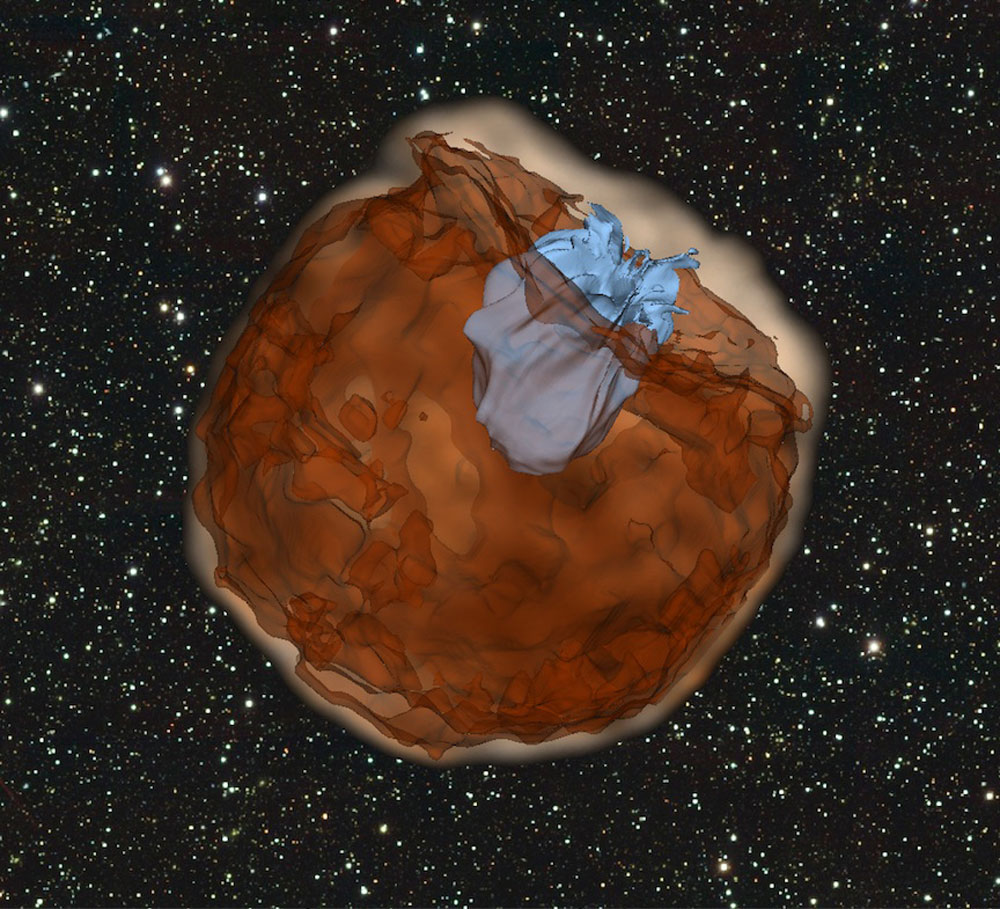
The benefits of this approach aren't limited to speed, however. The increased accuracy of the AI-based process will also allow researchers to better determine the range of elements forged around Type Ia explosions that then get dispersed into the cosmos.
"Exploring the elements released by supernovas is a crucial step in determining the type of explosion that occurred, as certain types of explosions produce more of some elements than others," Magee said. "We can then relate the properties of the explosion back to the properties of the supernova host galaxies and establish a direct link between how the explosion happened and the type of white dwarf that exploded."
The team will now attempt to expand their process so it can be applied to other supernovas, including those associated with the creation of neutron stars and black holes. This could help connect the characteristics of these supernovas to the galaxies in which they occur.
"With modern surveys, we finally have datasets of the size and quality to tackle some of the key remaining questions in supernova science: how exactly they explode," team member Thomas Killestein of the University of Turku said. "Machine learning approaches like this enable studies of larger numbers of supernovae, in greater detail, and with more consistency than previous approaches."
The team's research was published in May in the Monthly Notices of the Royal Astronomical Society (MNRAS),
Join our Space Forums to keep talking space on the latest missions, night sky and more! And if you have a news tip, correction or comment, let us know at: community@space.com.

Robert Lea is a science journalist in the U.K. whose articles have been published in Physics World, New Scientist, Astronomy Magazine, All About Space, Newsweek and ZME Science. He also writes about science communication for Elsevier and the European Journal of Physics. Rob holds a bachelor of science degree in physics and astronomy from the U.K.’s Open University. Follow him on Twitter @sciencef1rst.
